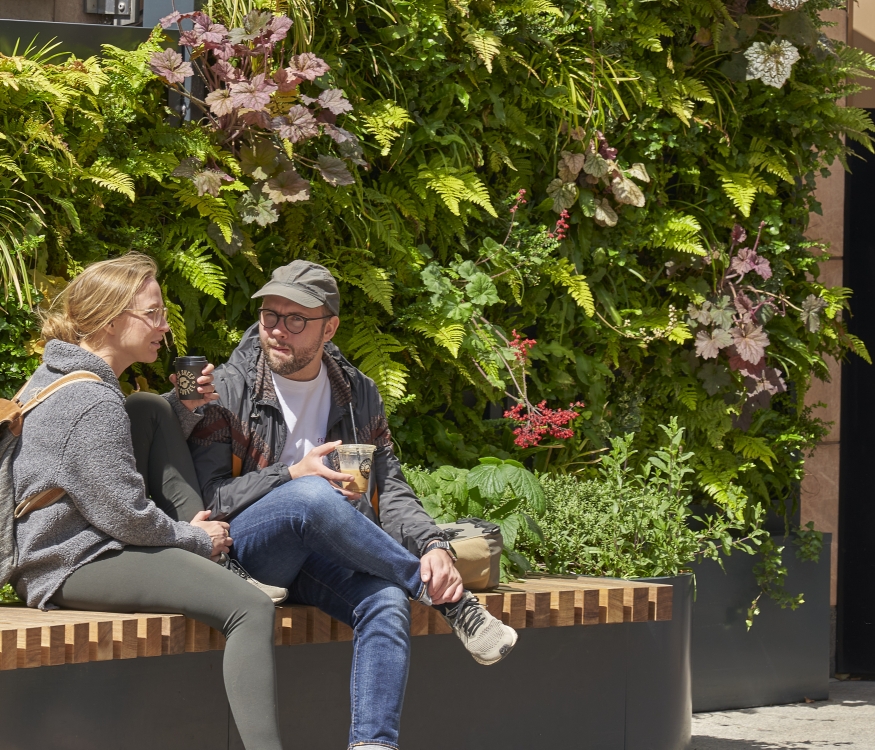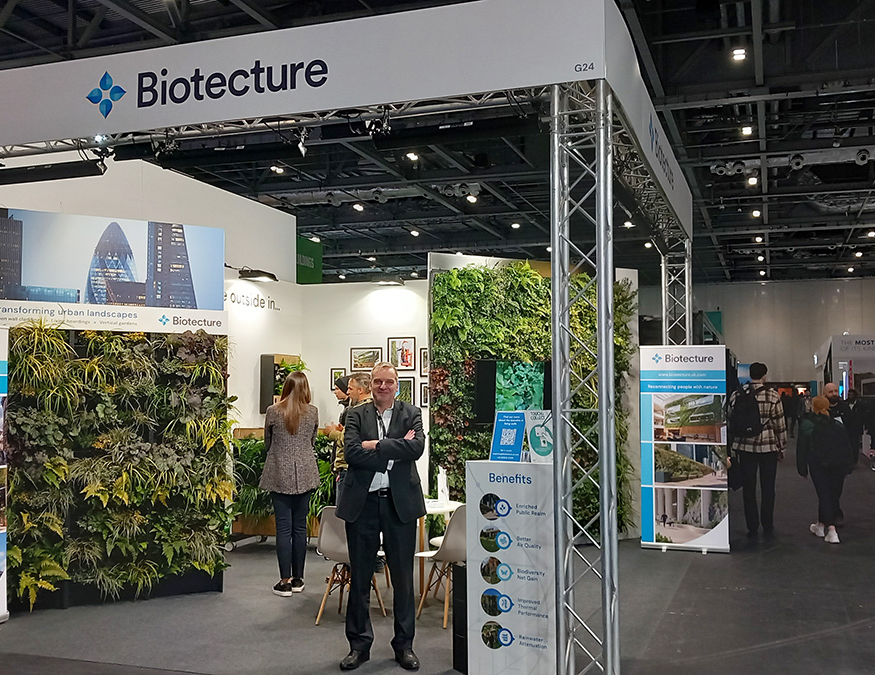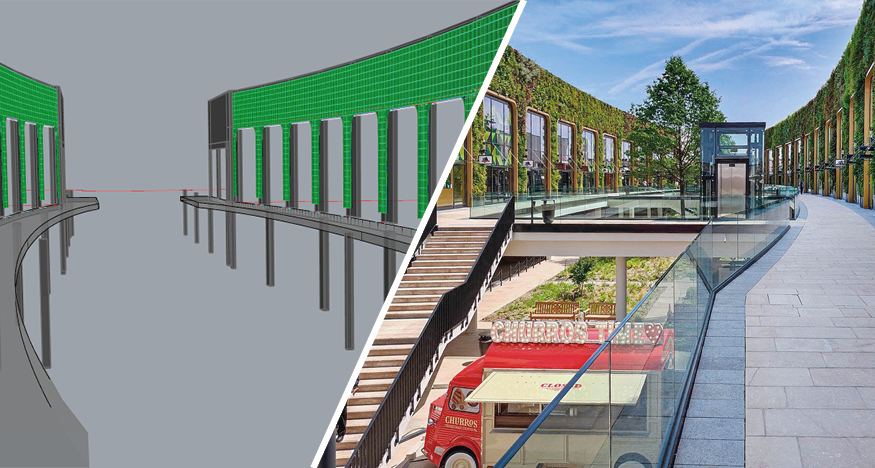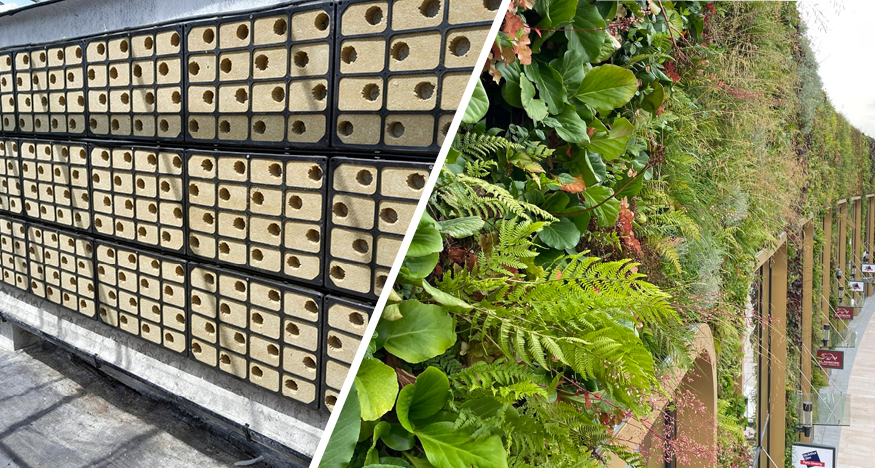According to a wide ranging 2016 study the World Health Organisation cites poor air quality as being a link to more than 5.5 million premature deaths annually, largely as a result of increased mortality from stroke, heart disease, chronic obstructive pulmonary disease, lung cancer and acute respiratory infections. (WHO)
WHO data shows that almost all of the global population (99%) breathe air that exceeds WHO guideline limits containing high levels of pollutants.
Plants help as part of the solution because they…
🌿 Filter air: Plants naturally filter the air by absorbing and breaking down pollutants through a process called phytoremediation. They take in harmful gases, such as carbon dioxide (CO2), and release oxygen (O2) during photosynthesis, effectively increasing oxygen levels in the surrounding area.
🌿 Catch particulate matter: Plants also reduce air pollution by intercepting suspended particulate matters (SPM) and aerosols and retaining them on the leaf surface.
🌿 Remove Volatile Organic Compounds (VOCs): Many indoor spaces contain VOCs, which are emitted by various sources, including furniture, cleaning products, and building materials. Living walls can help remove these harmful compounds by absorbing and degrading them, thus reducing indoor air pollution.
🌿 Regulate humidity: Living walls release water vapor through transpiration, which increases humidity in the surrounding area. This can be especially beneficial in dry or air-conditioned indoor environments, as higher humidity levels can reduce the concentration of airborne pollutants and improve overall air quality.
🌿 Cooling Effect: The presence of living walls can have a cooling effect on the surrounding area, which can reduce the formation of ground-level ozone, a harmful air pollutant. Lower temperatures also contribute to more comfortable and healthier indoor spaces.
Living walls are a space saving way to get more plants into our urban areas. They have been proven to be particularly useful in urban street canyons (a street flanked by buildings). A 2012 study found that “planting of vegetation in Street Canyons can reduce street-level concentrations by as much as 40% for NOx and 60% for PM (Particulate Matter)”*
*Effectiveness of Green Infrastructure for Improvement of Air Quality in Urban Street Canyons – Pugh, MacKenzie, Whyatt and Hewitt, Environmental Science & Technology, 2012
Does plant species matter?
In 2011 Biotecture was commissioned to design, install and maintain a living wall on the side of the Bakerloo Line Edgware Road Underground Station.
We included fifteen plant species in the living wall. Each of these were then tested at Imperial College for their ability to capture PM10s by the APRIL (Air Pollution Reduction In London) group.
This and other more recent studies have informed the plant selection for our living walls to maximise the capture of pollutants. Targeted plants for targeted benefits.
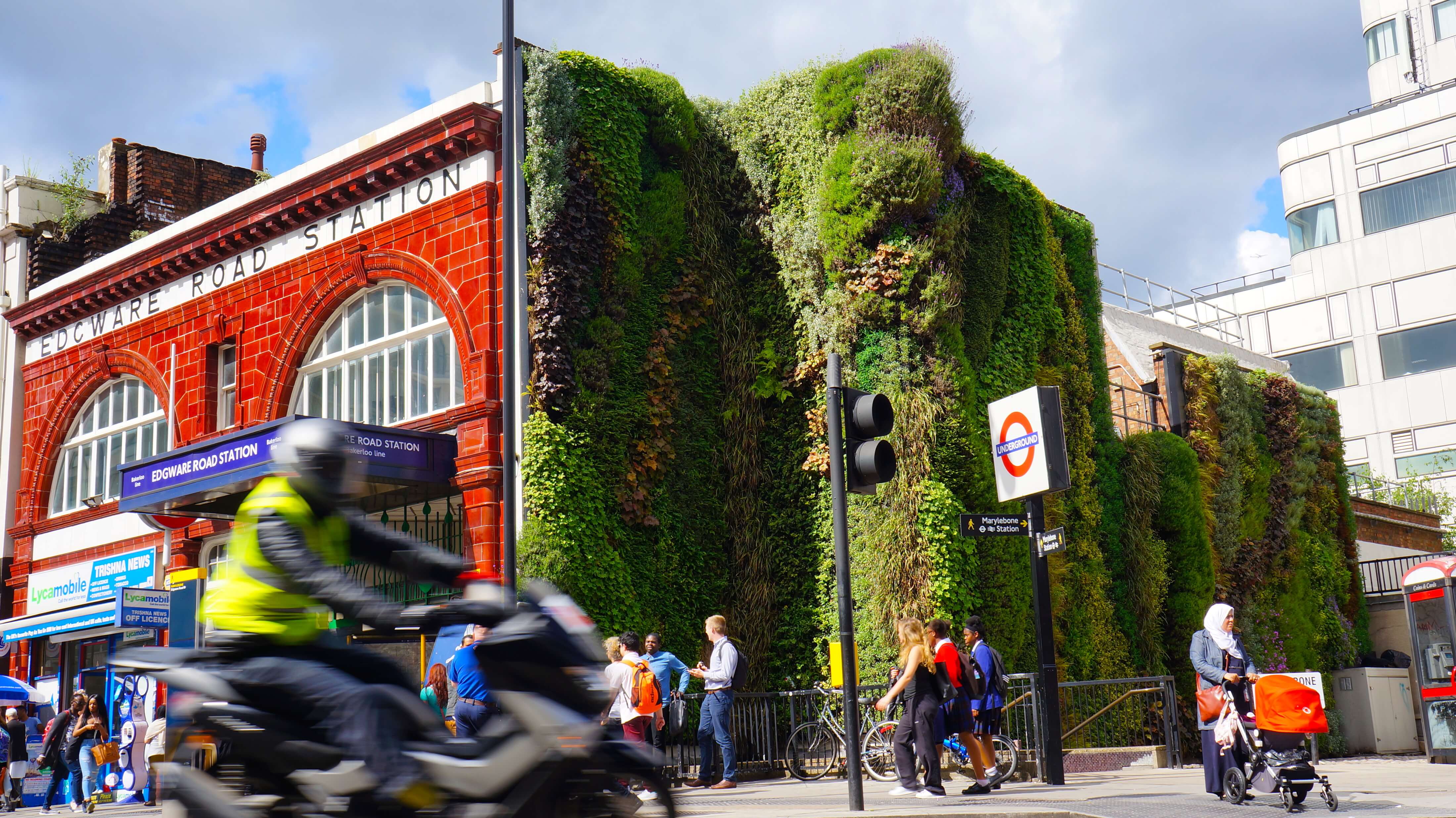
Living wall at Edware Road Tube Station
Thinking about a living wall project? Biotecture have over 15 years’ experience designing, installing and maintaining living walls on a wide range of buildings across all sectors and can offer expert advice from an early stage.

